CRISIs OF IMAGE
Curated by: Jacob Rhodes, Kris Racaniello, Lisa Schilling
Feb 11 - May 14, 2023
Catalog essay by Kirsten Gill
Featuring:
Ayanna Dozier
Amy Elkins
Melissa Joseph
Lydia McCarthy
Triton Mobley
Steve Pauley
Sasha Rudensky
Rob Swainston + Zorawar Sidhu
Museum of Contemporary Art
ARLINGTON
3550 Wilson Blvd, Arlington, VA 22201 / Museum Hours: Wednesday - Sunday / 12PM – 5PM
Crisis of Image features artists who resist the call for image erasure and instead develop new strategies for the production of visuality. Rather than seeking to escape the image or even to create new images, they explore the methods, access, and means of visual creation.
Throughout history, dominant cultural structures have imposed image censorship and constraints. Our saturated visual culture has produced new calls for image suppression – but why? One answer might be that the recent abundance of image making technologies has made visual production more accessible.
In the 1970s and 80s, images were claimed and revitalized by artists whose right to produce them had been historically denied – resulting in the emergence of new feminist, BIPoC, and queer representational strategies. The call to censor or constrain the image is often produced by a scarcity anxiety that seeks to maintain a status quo. Approaches that address this legacy of dominant heteropatriarchal aesthetics are one new direction for artists seeking equity in this saturated visual world.
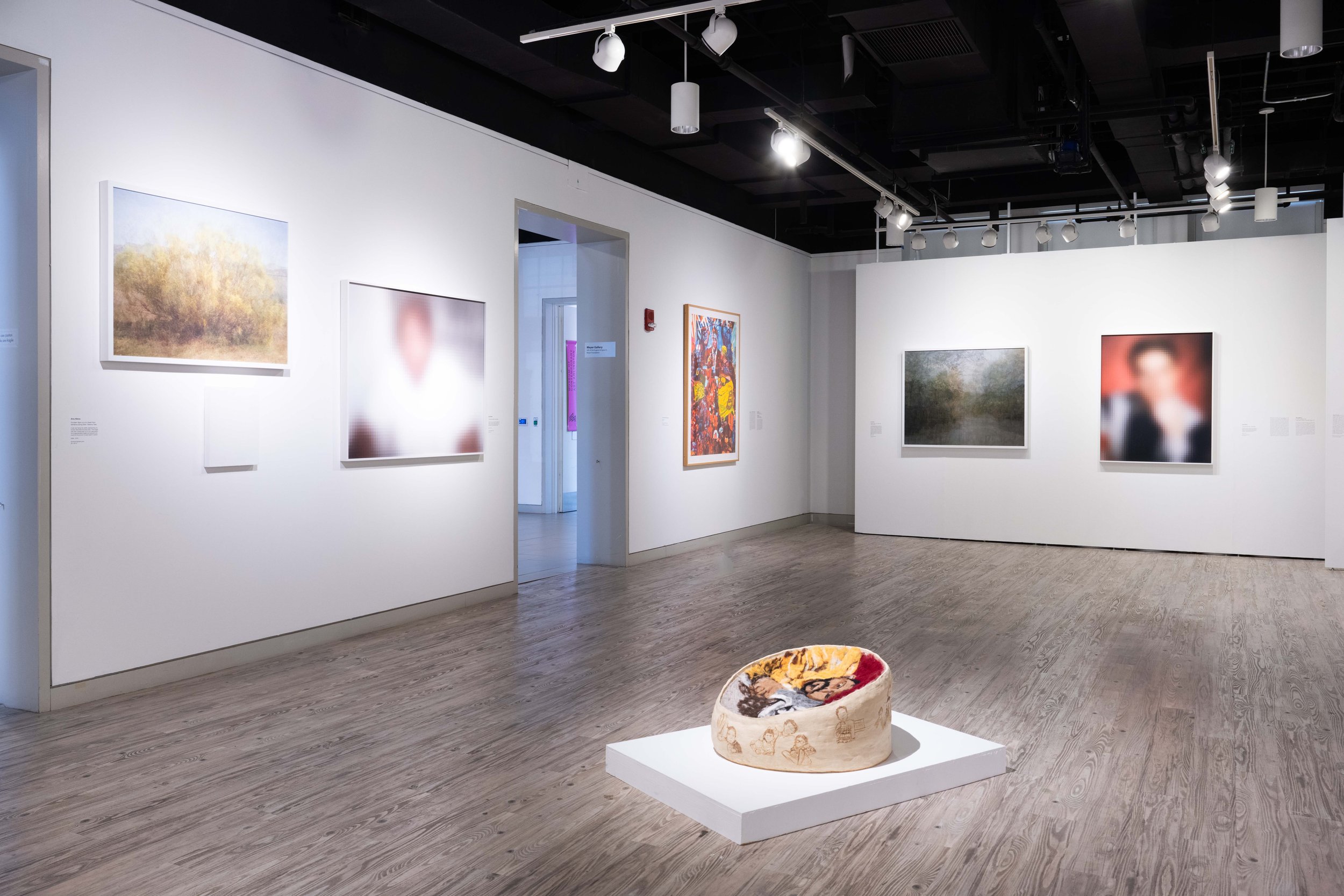

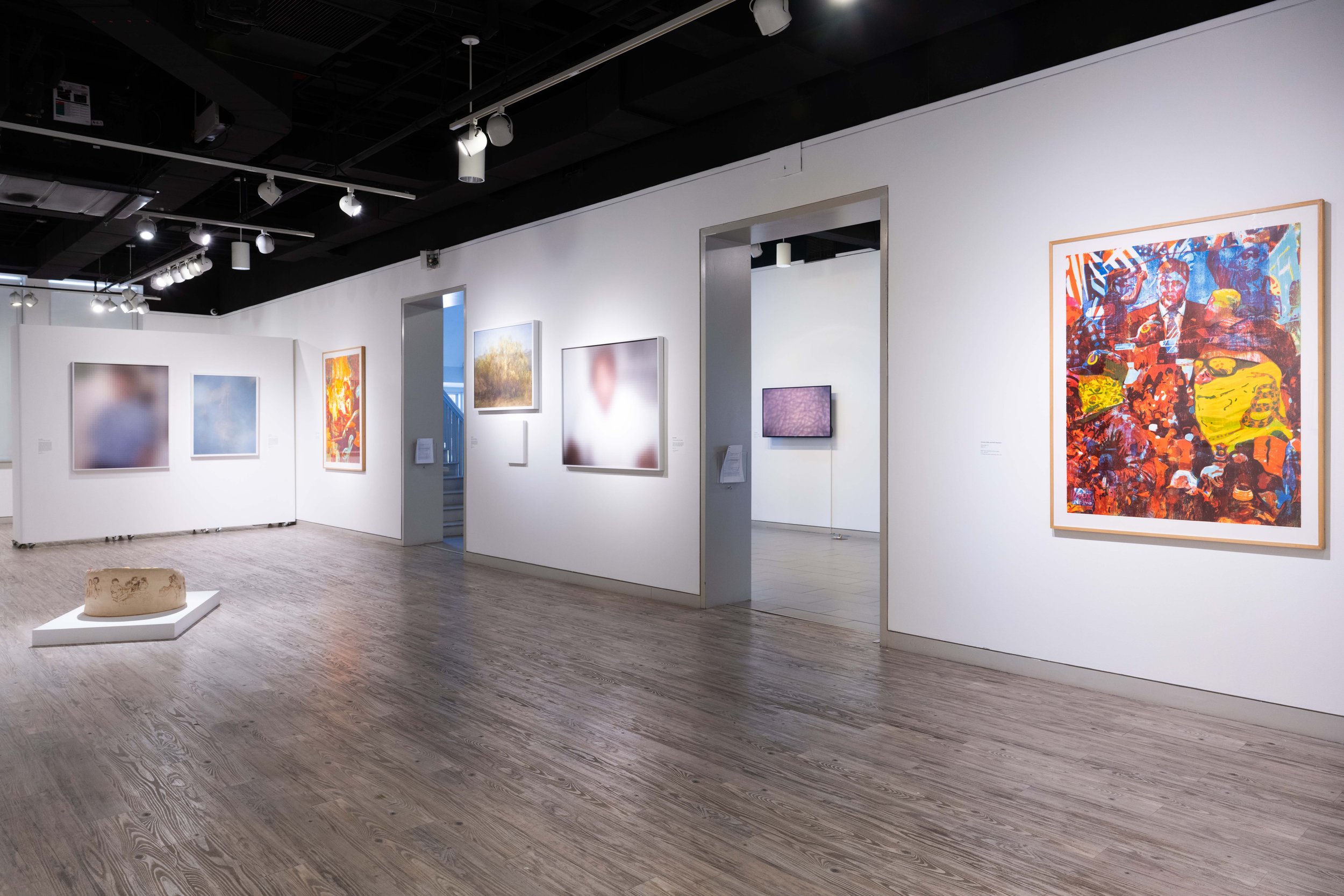
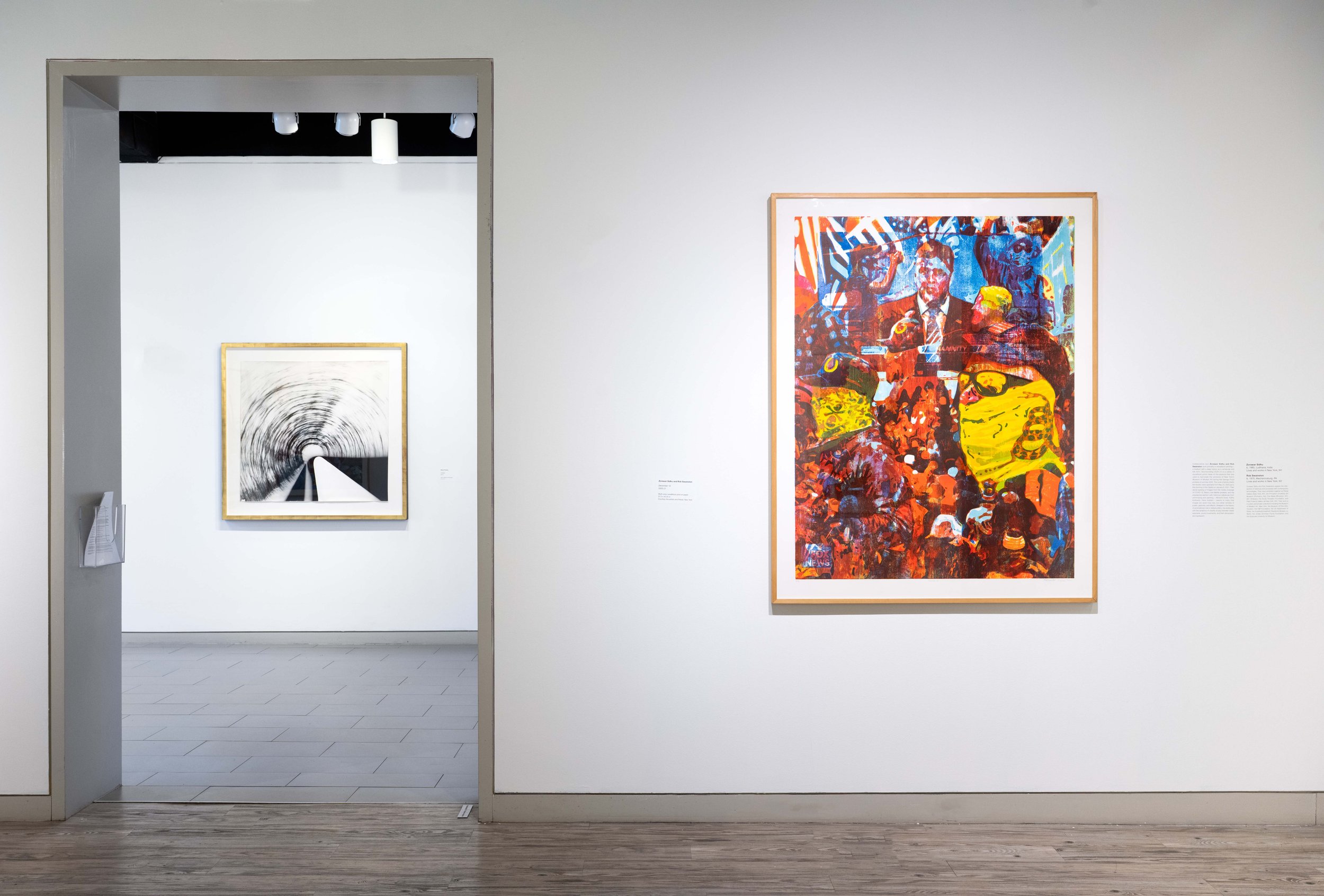
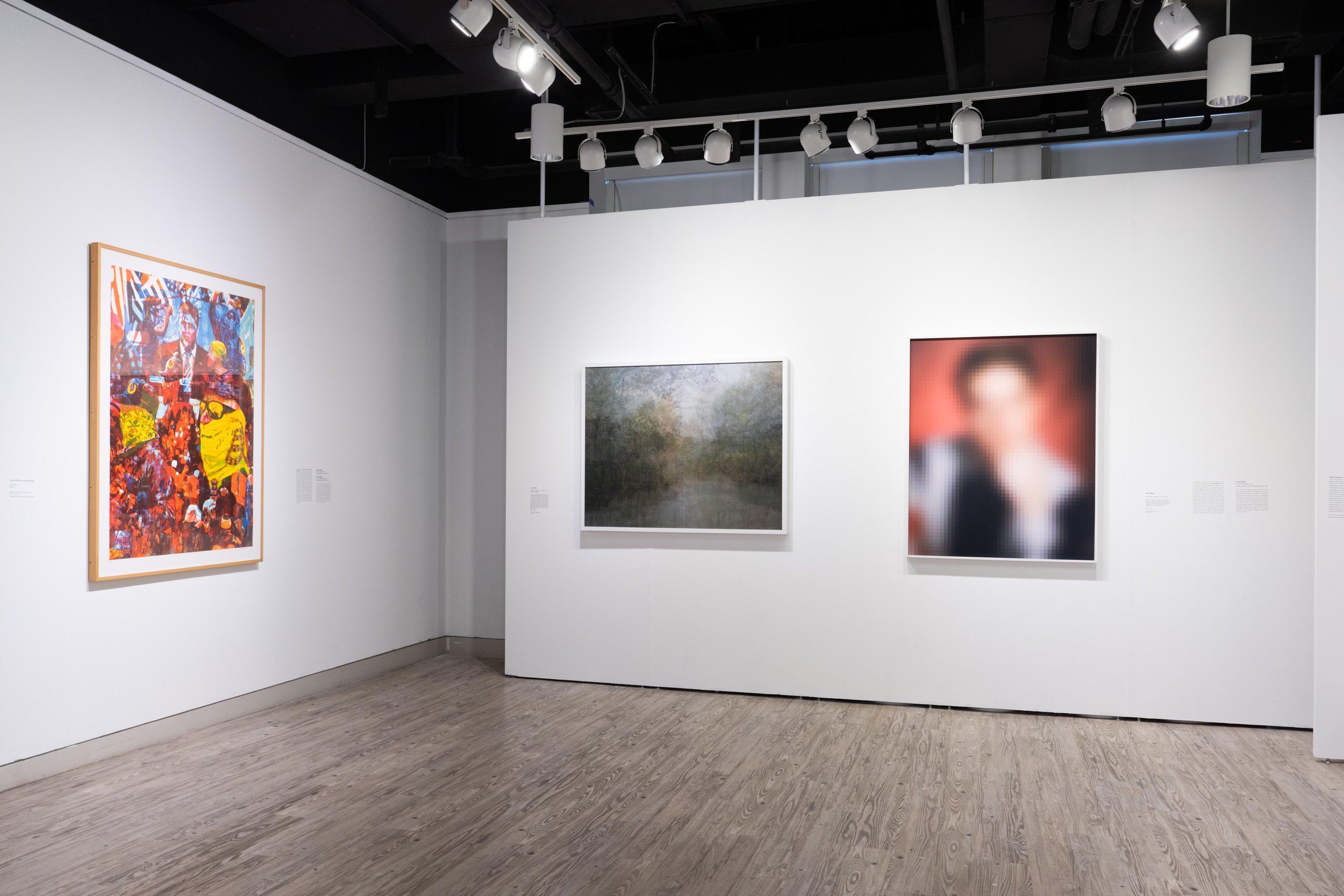
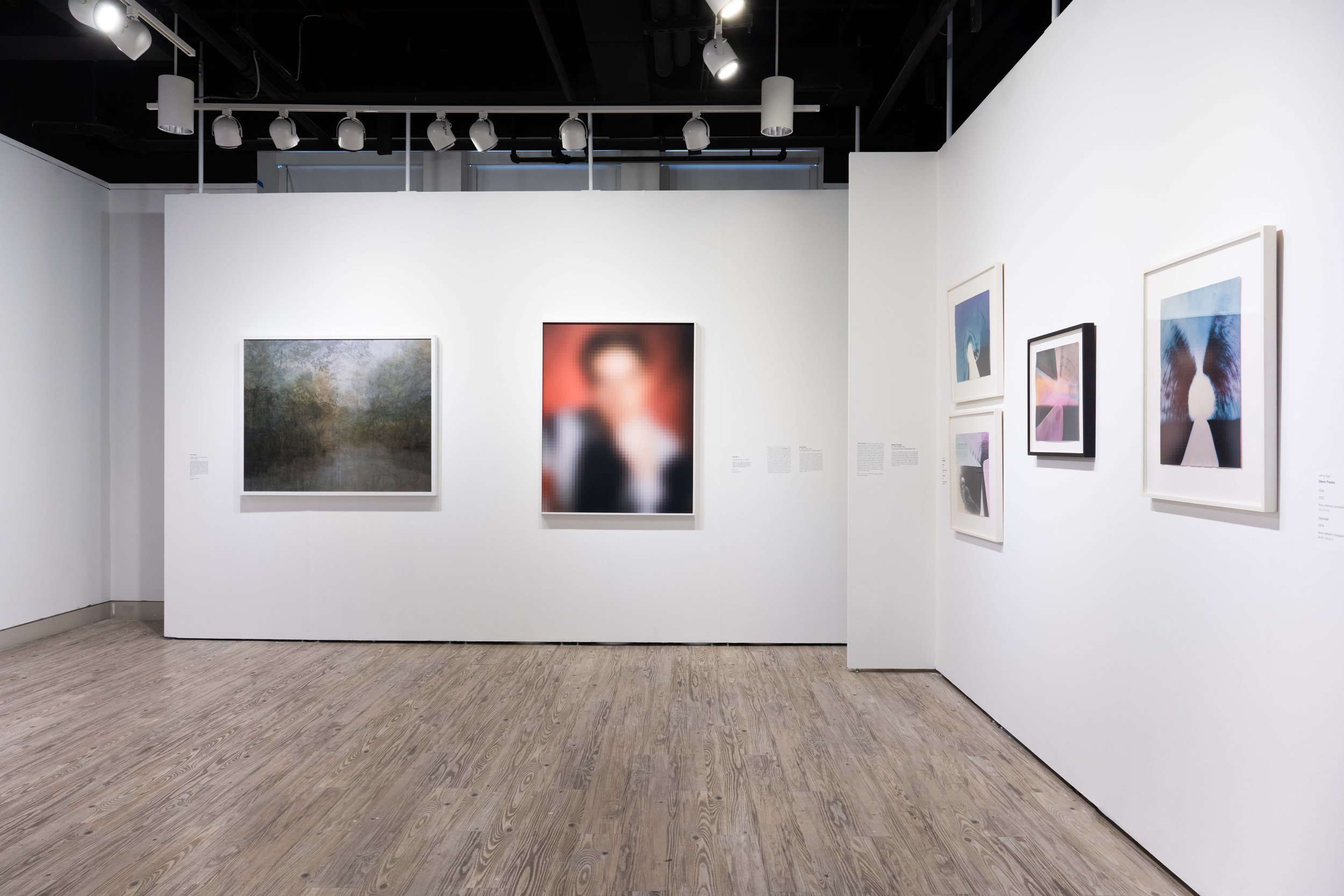


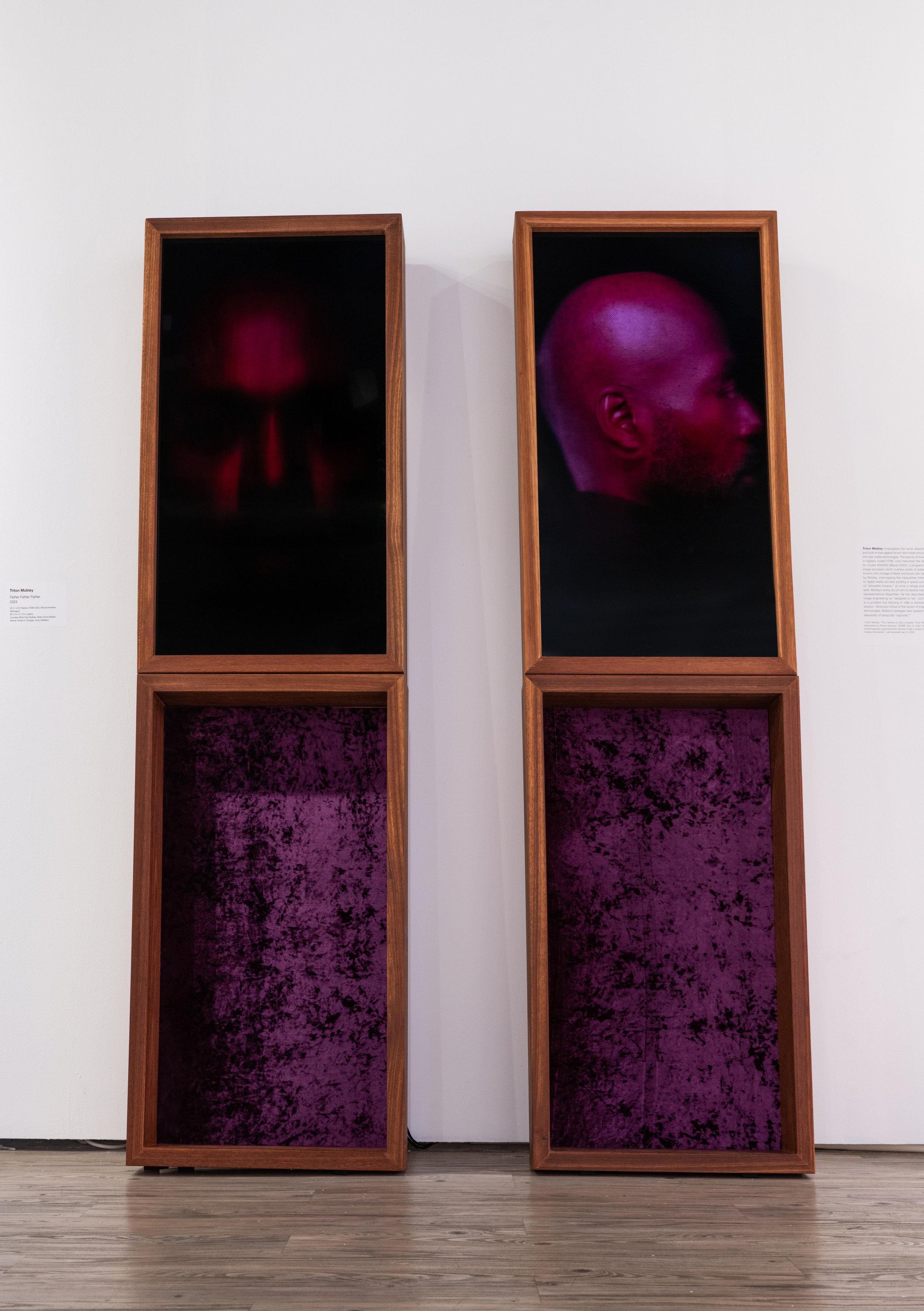
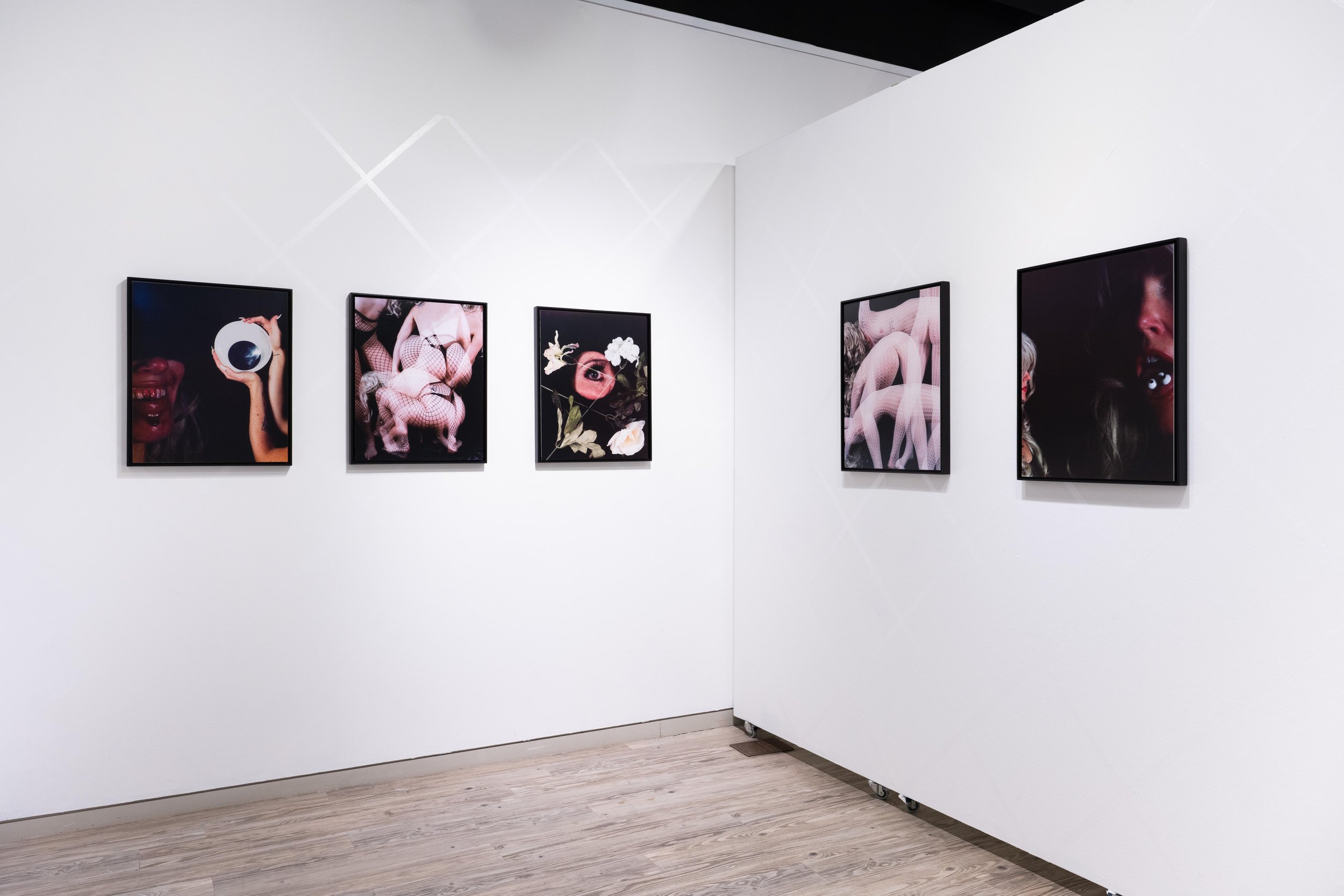
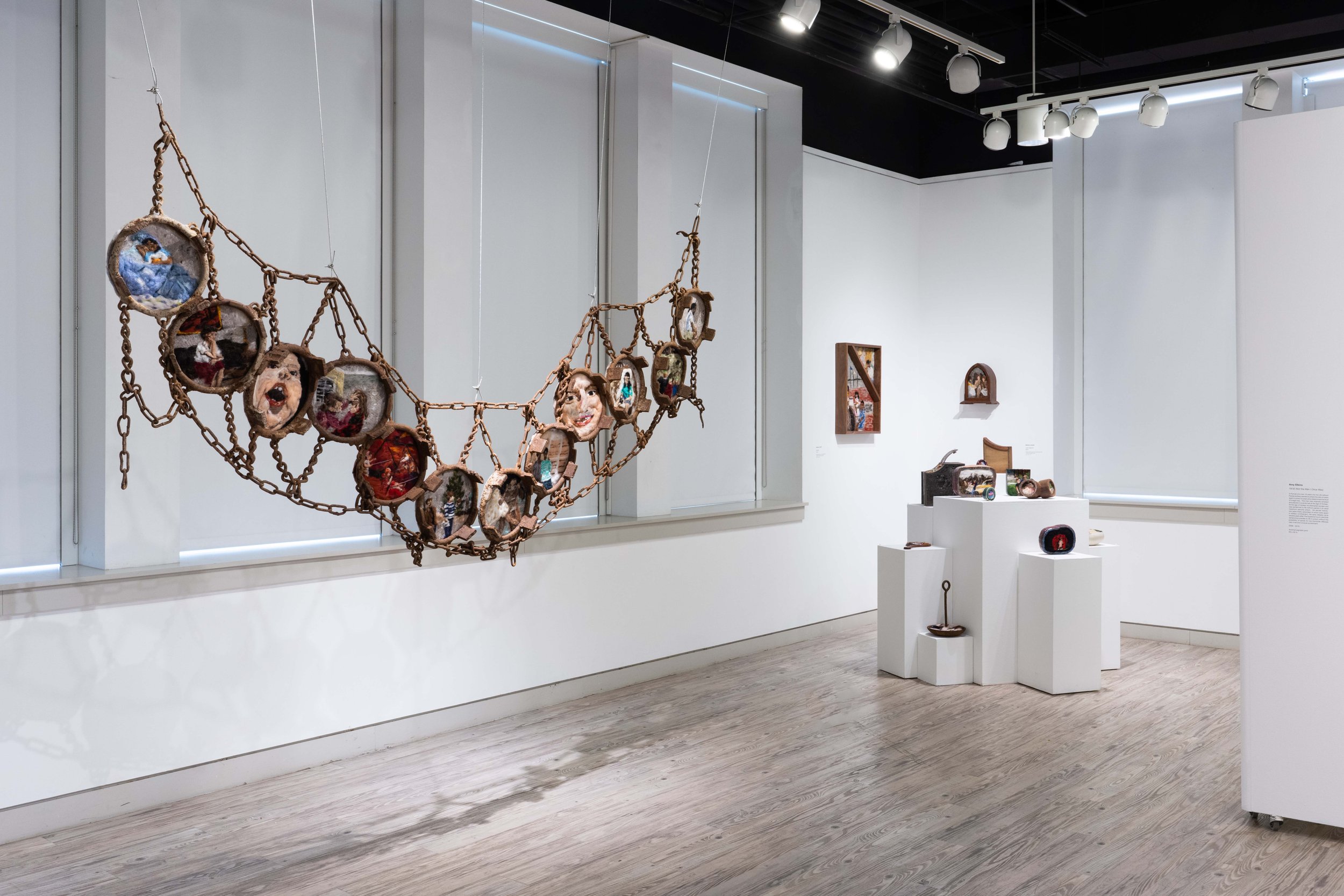

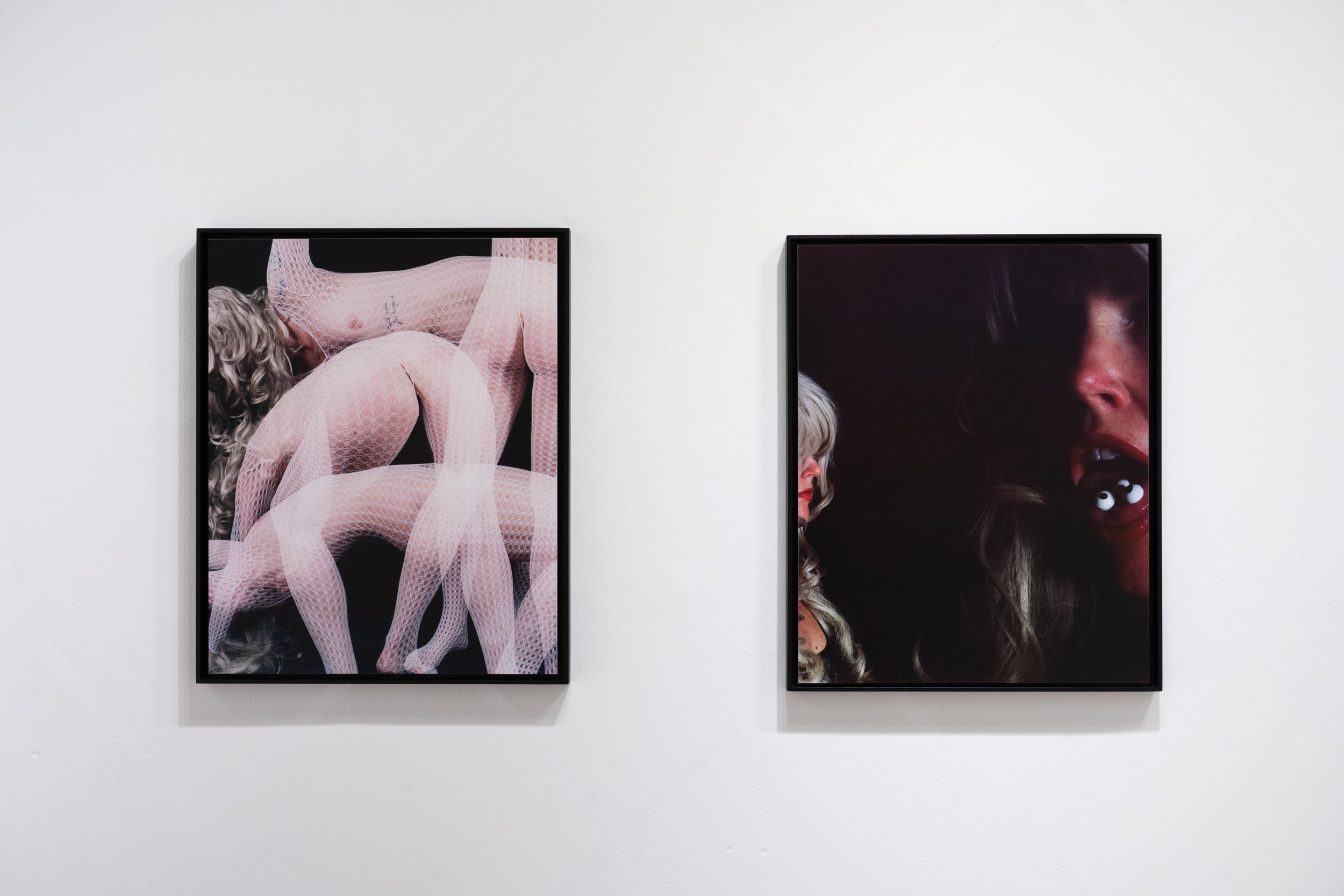
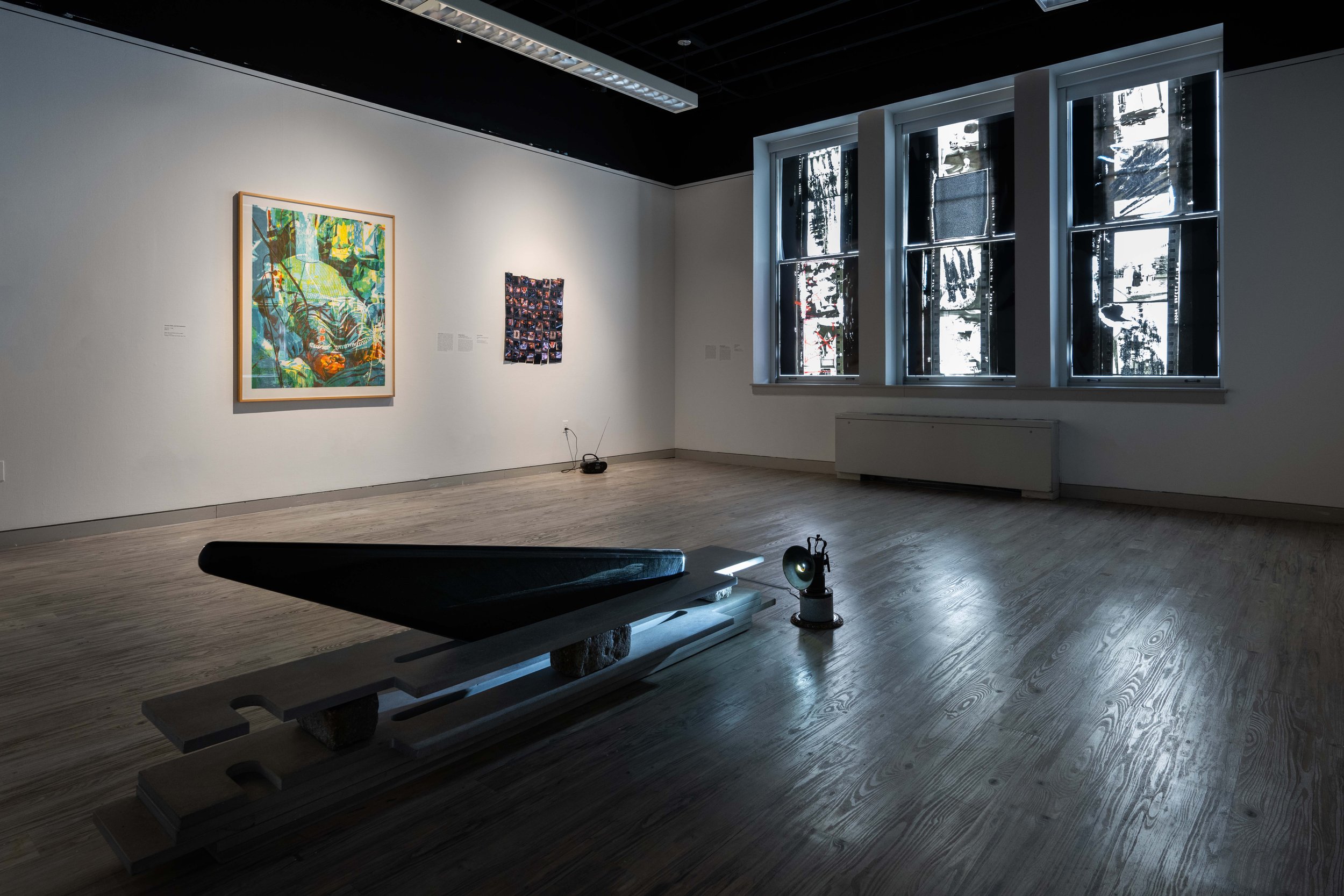
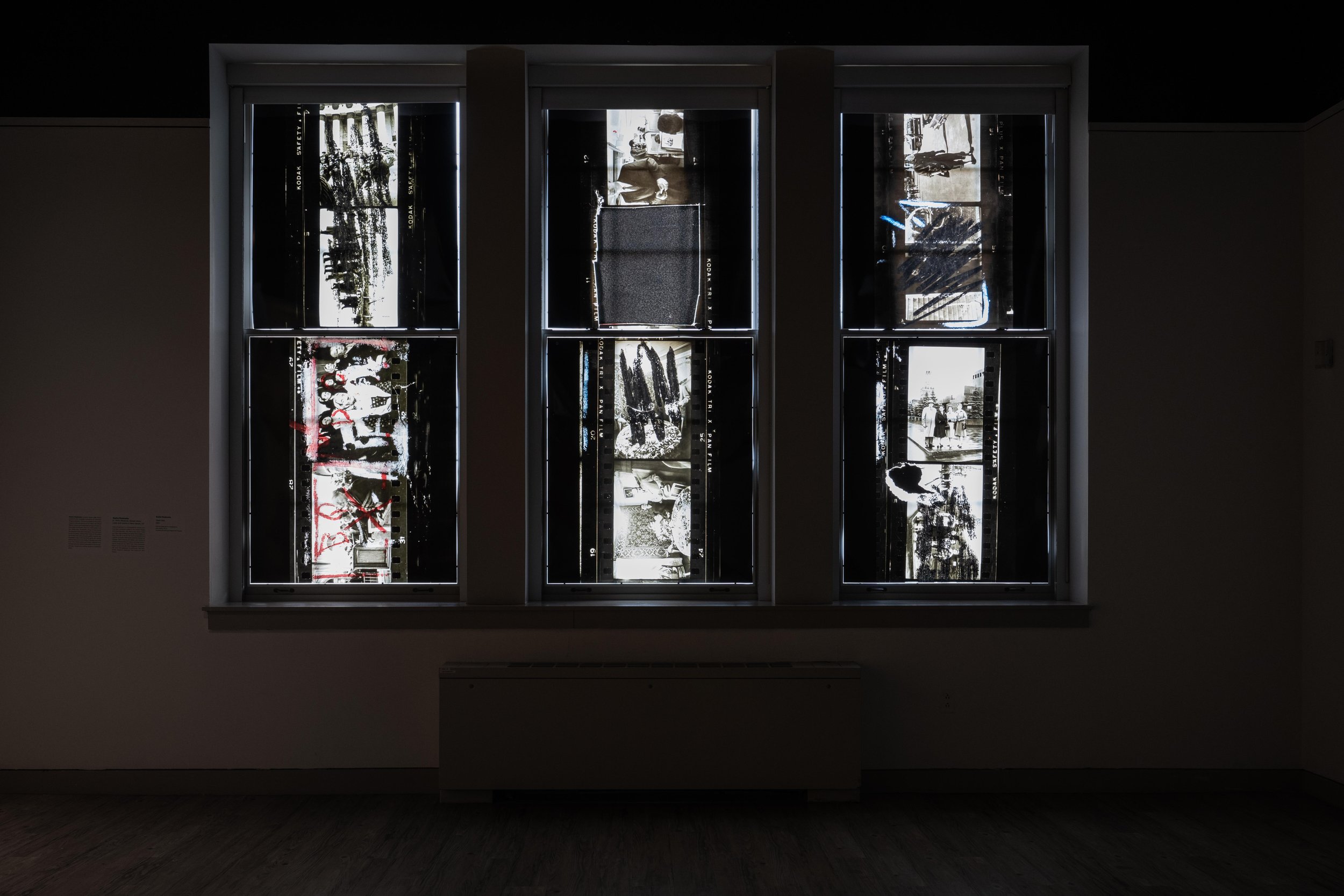
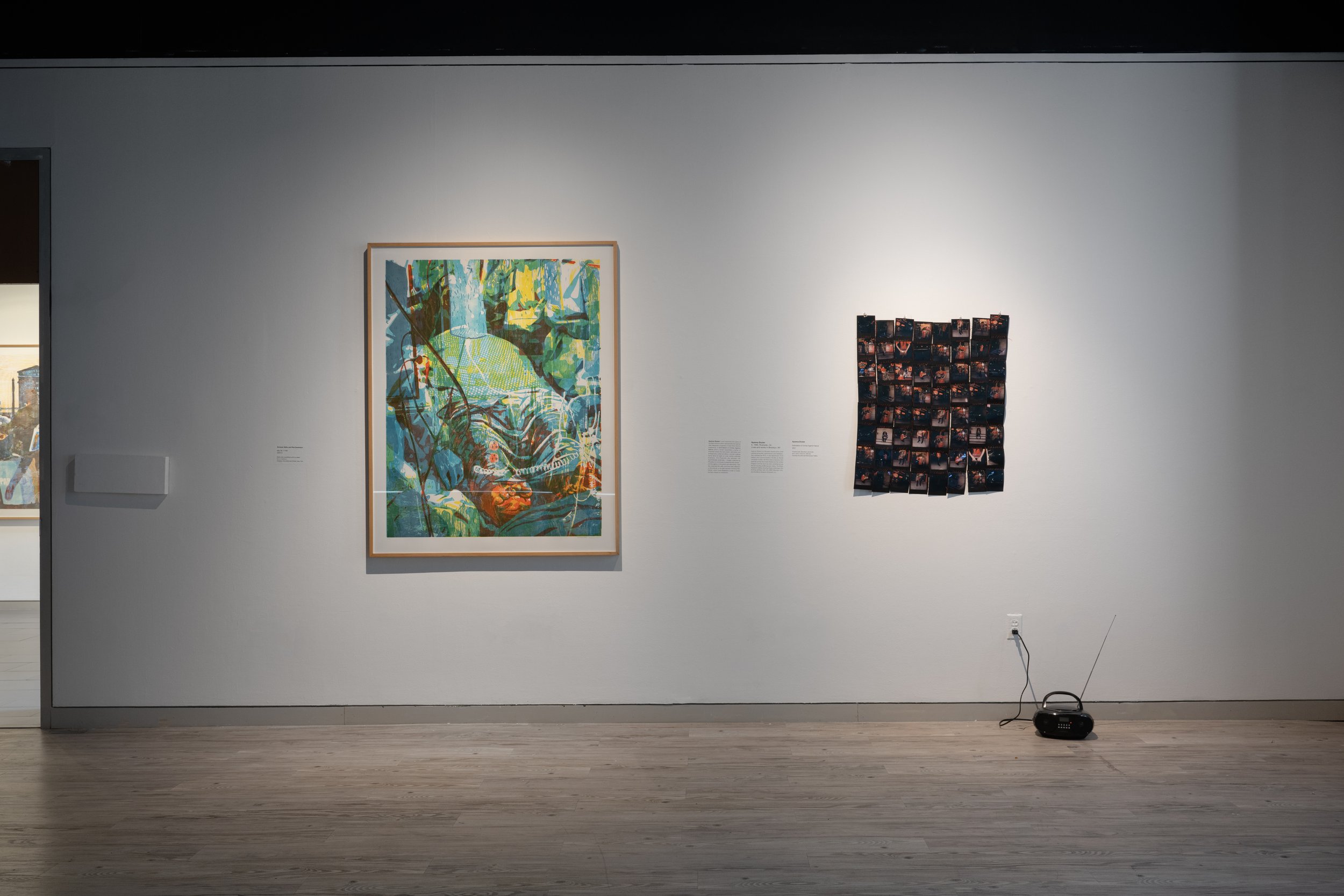
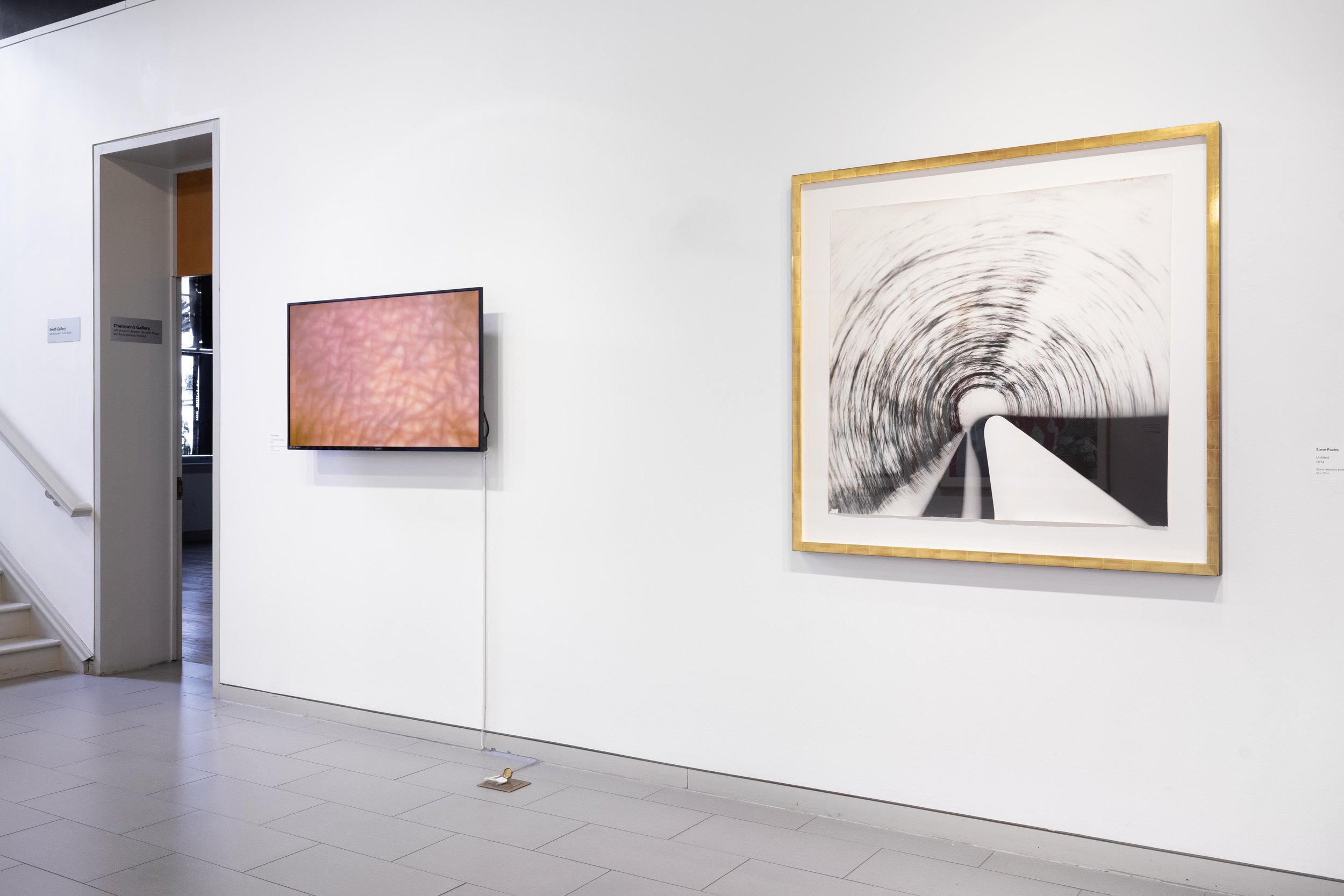
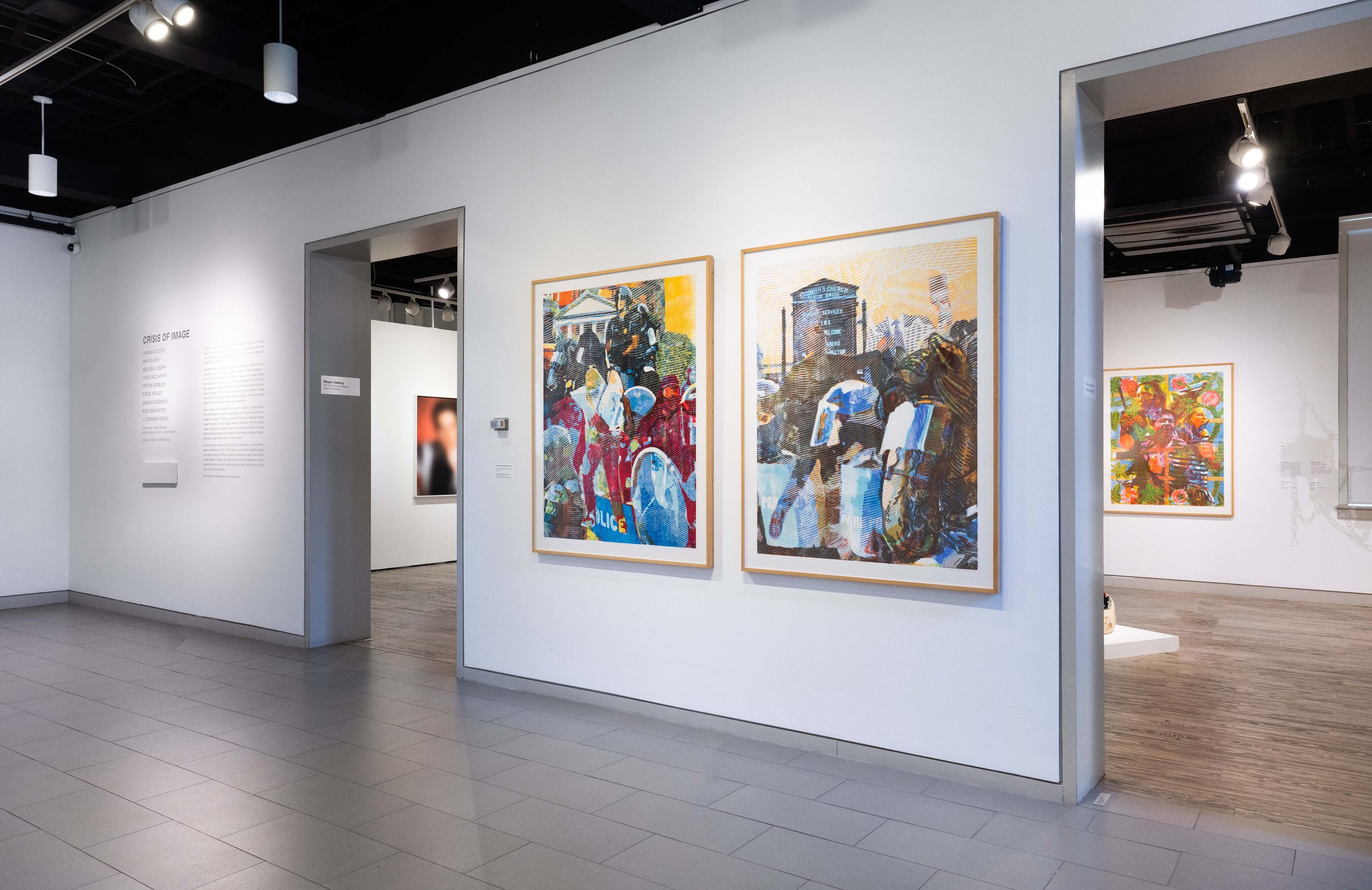
Lydia McCarthy “Eye, Flowers”, 2022, Digital C-Print, 19.2 x 24 in. 2021
The Society of the Speculum
By Kirsten Gill
What do we mean by a “crisis of image”? An image, in the words of John of Damascus, who tried to answer a similar question nearly a millennium and a half ago, “is a likeness of the original with a certain difference, for it is not an exact reproduction of the original.” This definition, while it seems relatively straightforward, nevertheless presents a crucial paradox about pictures that has more or less held true throughout the intervening centuries. The problem John presents is the gap, that “certain difference,” a vacillating and incalculable space between a representation and its subject which has produced a near constant frustration about how to find meaning in pictures. John was writing in defense of icons, religious images which at the time were under attack from the iconoclasts, who dismissed them as “not real” (e.g., not the divine). But simultaneously, in their fear that worshippers would confuse the mere image of the divine with the thing itself, they implied that these representations were all too real.
Amy Elkins “13/32 (Not the Man I Once Was)” Portrait of a man 13 years into his death row sentence, where the ratio of years spent in prison to years alive determined the level of image loss. 50 x 40 in
Amy Elkins “Three Years out of a Death Row Sentence (River)” A pen pal serving a death row sentence describes being baptized several years ago. The Father had to reach through the bars to touch him, even with such restrictions he remembers the touch as electric. Despite the act of the baptism he feared it wasn't good enough to save him. He longed to do a full submersion baptism in a river, like Jesus had. This image was constructed out of his description of the river he wished to be baptized in using appropriated images which were then composited to account for the amount of years spent in prison. 40 x 50 in
Why bring in a Christian monk from Damascus, writing, in the 8th century, an apologia for the image, into a conversation about a crisis that is implicitly contemporary? We experience crisis as ongoing present-ness, a period of intensification that produces an “impasse.” The crisis deepens; we expect a climax and a resolution that never comes. A millennium and a half ago, amidst an iconoclastic movement that wished to outlaw images of the divine (and their false worship) as heresy, it was not that people had no faith in images; on the contrary, images had too much power. Images were out of control.
It is widely observed that we are surrounded by more and more of these “likenesses” which are, supposedly, increasingly distant from any original. In the 1960s-1970s, the early decades of the “Information Age,” artists and poststructuralist theorists joined a critique of the subject to a skepticism toward images and representation as part of an intellectual program emphasizing the instability of meaning. But this critique of representation seemed to come at a strange time for many who had not yet gained the right to be full subjects and to appear, on their own terms, in the world of images. In other words, the postmodern critique of the subject (and the possibility of its representation) coincided with the emergence of new feminist, Black, brown, and queer representational strategies, which both rejected the legacy of the Western heteropatriarchal aesthetic and claimed the right to produce their own images. It did not escape these image producers that the postmodern war on authentic representation had been waged mostly by white men. Thus, at the same time that representation was critiqued as endlessly “simulacral” and complicit with a capitalist “society of the spectacle,” the image was claimed and revitalized by subjects for whom the right to produce it had been historically denied. While these critiques of representation appear to be very different at face value, their deeper, implicit statement is the same: That our images are out of our control. Moreover, we can’t help but recognize, in the protestation of the postmodernists that the “real” world had been made over as representation, the old complaint of the iconoclasts, who feared that worshippers would confuse the mere image of the divine with the real thing.
Of course, since the 1970s, the flood of images has only intensified. Despite expectations for the transformative power of representational self-determination in the radical proposals of BIPoC, feminist, and queer artists and theorists, this intensification has been accompanied step-by-step by new means of surveillance, endlessly updated biases built into evolving image-making technologies, and the extraction of value from our vernacular image production and consumption on the internet and social media. We find ourselves immersed in an image ecology of hyper-visibility and algorithmic over-determination.
In the context of a contemporary desire to see everything, particularly bodies often captured violently, we might consider something like a “society of the speculum.” The phrase plays on (without negating) Guy Debord’s famous and oft-repeated diagnosis of the “society of the spectacle,” in an attempt to account for the ways in which our bodies are caught up in the image’s processes of subjugation, identification, and ego-development. A Latin word meaning “mirror,” the speculum is, of course, today mostly encountered as a gynecological device, an object known for prising the body open and making it available to vision. The society of the speculum characterizes the widespread inclination toward the violent work of making bodies into images.
Triton Mobley “Coded #000000 [Black]”, 2020, Single-Channel HD Video, Java script, Projection/ Display, Variable Dimensions
How should we, persons endowed with a meaty base and incalculable numbers of representations circulating virtually, navigate the extreme image saturation of the contemporary? While, recently, theorists have yet again called for a flight “from the invasion of images” so that we might finally learn “to distinguish between image and reality,” the artists in this exhibition develop new strategies for image production. Rather than an escape from the image –and rather than necessarily produce new images – they offer new methods. These methods, which are sometimes old methods renewed, are about reorienting our relationship to image production, which we have so often felt slipping out of our grasp.
For example, the idiosyncratic methods of artist and tombstone maker Steve Pauley, who creates anamorphic stone reflections, posit a kind of image that can only be seen under certain conditions. Echo (2012-2023) is a stone sculpture with an anamorphic engraving of a canary on one side. When light is cast over the sculpture, the engraving is reflected onto the wall at an angle that reverts the image to its normal proportions, creating the illusion of a canary within a cave, an homage to coal miners in West Virginia. The sculpture generates a series of photograms of the reflections cast on the wall, some of which are also included in this exhibition. The indirectness of Pauley’s image making methods – the use of anamorphic images, the circumvention of the camera – provide a captivating and inventive alternative to the ease of picture-taking today.
Steve Pauley “Echo”, 2012 - 2023, Granite, coal, resin, bronze, concrete, cobblestones, coal miners lantern. 93 x 28 x 16 in.
Like stone carving, woodblock printing, the medium chosen by collaborative pair Zorawar Sidhu and Rob Swainston, has a deep history as a vernacular and folk form. Doomscrolling (2020-21) is a series of woodblock prints made on the plywood that was used to barricade the windows of New York’s Museum of Modern Art during the George Floyd protests of summer 2020. The cycle of prints charts the frenetic news spectacle from May 24, 2020 up to the storming of the Capitol on January 6, 2021. Their dense layering of images from the media coverage of COVID-19, Black Lives Matter protests, and the presidential election with historical references from printmaking and painting – Albrecht Durer, Kathe Kollowitz, Hans Holbein – seems to imply that images are never truly new, but rather remixes of poses, gestures, and affects. Steeped in the history of printmaking’s role in radical politics, the works play with the dynamics of visibility at play between media spectacle, social movements, and their obfuscation and repression.
Zorawar Sidhu + Rob Swainston “May 28”, 2020-21, Multi-color woodblock print on paper, 28 x 40 in
Zorawar Sidhu + Rob Swainston “June 1, 6:30pm”, 2020-21, Multi-color woodblock print on paper, Diptych, each 57.5 x 45.25 in (each)
Zorawar Sidhu + Rob Swainston “June 1, 6:30pm”, 2020-21, Multi-color woodblock print on paper, Diptych, each 57.5 x 45.25 in (each)
Ayanna Dozier’s work examines the place of the Black femme within representational regimes often designed to suppress or erase Black femme subjectivity. In Solicitations of Crimes Against Nature (2021), Dozier assembles a series of Polaroids in which she has posed, self-styled and ambiguously coded – she may be read either as a woman walking home alone at night, or a sex worker soliciting business. The Polaroids slip between the hypothetically evidentiary – images collected by the police to incriminate a suspected sex worker – and the agency of the artist’s own self-styling. They also resemble film stills, and thus draw attention to the interval, or the gap between individual film frames, which must disappear in order to create the filmic illusion of movement. The interval, the disavowal of which has been a central component of narrative cinema, might be seen here to elucidate the space between the juridical interpellation of the subject and her irreducible, unrepresentable being.
A confrontation with the strategic omissions of dominant regimes of representation also guides Sasha Rudensky’s project Open Files (2021). The work is based on the artist’s research into the archive of US News and World Report, which commissioned photojournalists to document the Soviet Union for a US audience in the 1950s-60s. Rudensky chose to reproduce photographs censored by the US press, making these visible to the public for the first time. Obscuring the gallery window, the installation plays with the blind spots and partial vision produced by the media. But what does it mean to open up new files when the work of censorship extended to all aspects of production, even before the shutter opened on a shot? Rudensky recounts how “the Soviet press authorities selected and orchestrated the content permitted to the foreign camera,” implying an endless abyme of mediated vision.
Sasha Rudensky “ Open Files”, 2021, Archival Inkjet print on transparency, size site specific
Ayanna Dozier “Solicitation of Crimes Against Nature”, 2021, Polaroid Quilt, Boombox, and Audio, 33 1/2 × 29 in & 20 min WAV file
The introduction of photography to the image-world of modernity in the mid-19th century seemed to minimize the gap between the image and its subject. Photographs were theorized as magically lifelike, bearing the direct imprint of the scene as an instant captured and “fixed” to paper. Lydia McCarthy works in an alternate lineage of the medium that has taken advantage of photography’s constructive, rather than its realistic, capacities. McCarthy uses multiple exposures, costuming, and a montage installation aesthetic to create composite and performative images that posit the self as multiple and inherently un-“fix”-able. Hallucinatory and deeply psychological, her images call to mind the queer surrealism of the radically self-styled Claude Cahun, yet take on the contemporary conditions of our complex relationships to gender performance and the self-representation imperative in the age of social media.
Lydia McCarthy “Fishnets, Asses”, 2022, Digital C-Print, 19.2 x 24 in.
Lydia McCarthy “Bloody Mouth, Eye”, 2021, Digital C-Print, 19.2 x 24in.
Melissa Joseph’s laborious translation of an archive of family photographs into felt involves a slowness and materiality that stands in contrast to the rapid grab of the shutter and the photographic idea of the “snapshot.” The wool creates a thick gauze of inscrutability blurring the “sharp” recognition described by many theorists of photography, from Walter Benjamin, who exalted “the tiny spark of contingency, of the here and now, with which reality has (so to speak) seared the subject,” to Roland Barthes’ photographic “punctum” (“that accident which pricks me”). In the modern era, memory was made over as photographic; Joseph’s work evokes a denser, more tactile, and obscure form of remembrance, where the privacy of the domestic and familial are materially present yet not fully available to the scrutiny of viewers.
Melissa Joseph “Chain Album” 2002, Needle felted wool on industrial felt, dim. variable
Melissa Joseph “Family Album, 2022, Needle felted wool on industrial felt, slip painted stoneware, 34 x 32 x 18 in
Melissa Joseph “Family Album, 2022, Needle felted wool on industrial felt, slip painted stoneware, 34 x 32 x 18 in
Melissa Joseph “Jim and Casey in Nan's yard with Pepsi”, 2022, Needle felted wool on industrial felt in found glove cutter, 9 x 7 x 3 in.
Melissa Joseph “Wilbur's soliloquy in Charlotte's Web”, 2021, Needle and wet felted wool in self hardening clay with spray paint and resin, 9 x 6 x 3 in
“Blurriness,” memory, and the erosions of time (in this case carceral), also describe the images of Amy Elkins in the series Black Is the Day Black Is the Night (2009-16). Made in collaboration with inmates serving life and death sentences, often in solitary confinement, the series develops strategies of image distortion to represent obliquely the cruel effects of mass incarceration, particularly its attempts to erase the subjectivity, memory, and time of the inmate. In some of the works, Elkins applies a ratio for pixel enlargement to portraits of inmates, rendering their faces unrecognizable. The ratio derives from the proportion of years spent in prison to the inmate’s total years lived, such that the decay of the image corresponds to the carceral system’s theft of prisoners’ lives. The opacity created refuses the scopic regime of the carceral system and the subjection of prisoners to constant surveillance.
Amy Elkins “19/32 (Not the Man I Once Was)” Portrait of a man 19 years into his Life without Parole (solitary) sentence where the ratio of years spent in prison to years alive determined the level of image loss. 50 x 40 in
Amy Elkins “Three Years out of a Life Sentence (Sky)” A pen pal serving a life w/o the possibility of parole sentence in a supermax prison (solitary) described being able to see the sky through a metal grated skylight in the small concrete exercise area he was permitted in alone for one hour a day. The additional 23 hours were spent in isolation. This image was constructed out of his description of the open sky he wished to see, using appropriated images which were then composited to account for the amount of years spent in prison. 30 x 40 in
Despite the constant surveillance of Black and brown bodies, photographic imaging technologies have consistently been developed with a built-in bias against the range of brown skin tones. Triton Mobley investigates the racial disparities encoded into new media technologies. The paucity of browns in digitally coded HTML color becomes the basis for Coded #000000 [Black] (2020), a programmed image processor which overlays pixels of available browns onto footage of Black and brown skin taken by Mobley, interrogating the inequalities inherent to digital media but also positing a space outside of “allowable browns,” at once a refuge and an exile. Mobley’s works do not aim to resolve media’s representational disparities. He has described his image engineering as “designed to fail,” pointing to a problem but refusing to offer a marketable solution. Obviously critical of the racism of imaging technologies, Mobey’s strategies also question the desirability of being fully “captured.”
Together, these artists rearrange the possibilities for how we might appear. “Crisis of Image” proposes a curatorial and artistic approach to representation which does not add to the flood of images so much as create new strategies for the production of visuality. Working in a formalism of strategies and tactics, the artistic methods on display here encompass opacity and obliquity, labor and process, the vernacular, and the performative. The resistance of these works to capitalism’s methods of capture and to the paradoxes of hyper-visibility and the failure of representation gives us the opportunity to reframe how we think about visuality and the body. The question is not the old one – what is the relationship between the image and the “real world”? – but rather, what kinds of images can we make that do justice to the gap between the image and its referent, that vacillate in the space between the appearance and the recusal of the subject? These artists respond to the image crisis by creating images that live in and exploit the gap, ever mindful of the ways in which representation hinges at once toward subjectification and subjection.
Kirsten Mairead Gill is a scholar and theorist of moving image media and a doctoral candidate in the art history department at the Graduate Center, CUNY.



